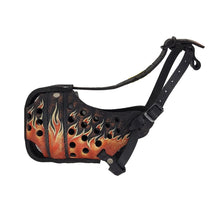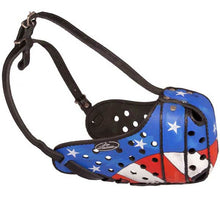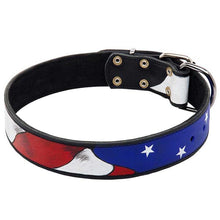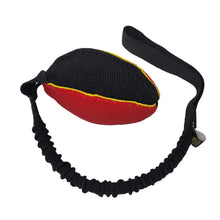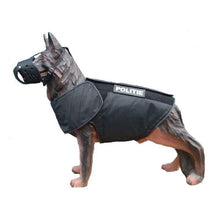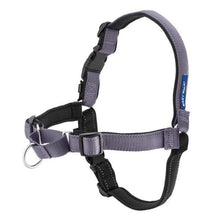Dog Training Positive Vs. Negative Reinforcement Made Simple
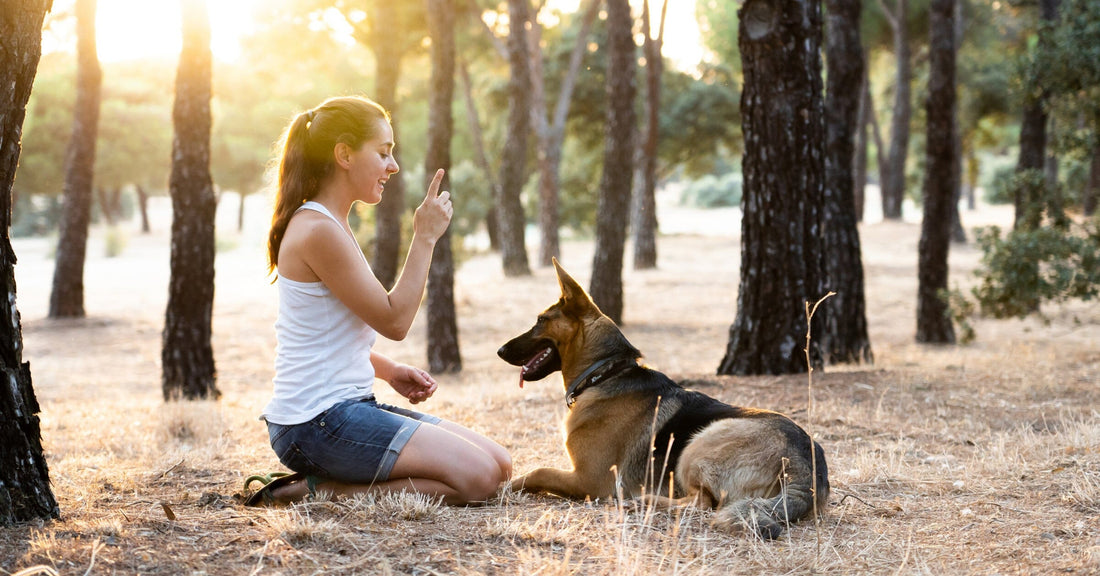
To put it simply, positive reinforcement means that you reward a dog with something positive that it enjoys making certain behaviors more likely to happen. And by the same measure, negative reinforcement means that you remove something a dog finds unpleasant so that the dog is more likely to make certain behaviors happen.
B.F. Skinner is the father of Operant Conditioning. His book, written in 1938, "The Behavior of Organisms: An Experimental Analysis," initiated his lifelong study of how animals learn, operant conditioning, and its application to both human and animal behavior. His work is still relevant when it comes to training all animals and humans to this day.
There are two halves in operant conditioning and four quadrants. Let's start with the two halves. One half is reinforcement, and the other is punishment. One half revolves around reinforcing behaviors with things the dog will find pleasant to ensure that behaviors are more likely to occur. The other half, punishment, ensures that a behavior is less likely to occur again in the future.

When broken down into 4 quadrants, we have:
Positive reinforcement: Good things start.
Negative reinforcement: Bad things end.
Positive punishment: Bad things start.
Negative punishment: Good things end.
Remember to keep in mind that when talking about dog training and positive vs. negative reinforcement, negative doesn't mean bad, and positive doesn't mean good. Positive, when talking in terms of operant conditioning, only means that you're adding something. Negative, when talking in terms of operant conditioning, only means that you're taking something away.
For example, if you were a child again and you were grounded, and days later, your report card showed that you made all A's in school. You would view me taking away the punishment of you being grounded as a good thing. But when using operant conditioning, that would be called negative reinforcement. I removed a punishment because you did well in school. Let's break down more examples.
Positive Reinforcement: Adding something your dog views as pleasant so that they are more likely to do a behavior again in the future. Example: Your dog randomly sits, you click a clicker and add (positive) a treat (something pleasant, so reinforcement) to increase the likelihood that your dog will sit again in the future. After a while, you may add a verbal cue to your dog sitting and tada. You taught your dog to sit with hardly any effort.

Negative Reinforcement: Removing something your dog views as unpleasant so that they are more likely to do a behavior in the future. Example: Your dog isn't paying attention and starts pulling backward while you're walking, building tension on the leash. When the dog turns and comes back to your side, you remove the tension, which is something negative (you removed) but also reinforcement, (you're removing something the dog doesn't like) so that the behavior of not pulling is more likely to occur.
So, adding something the dog likes is reinforcement because you're increasing the likelihood the dog will do a behavior again. But removing something the dog doesn't like is also reinforcement because the removal of something the dog doesn't like also ensures that a behavior is more likely to occur in the future as well.

The other half of the 4 quadrants go like this:
Positive Punishment: Adding something the dog finds unpleasant so that the dog will be less likely to do a behavior again in the future. Example: Your dog starts barking at a stranger across the street. In response, you give a leash correction, aka a pop on the leash, ensuring that the dog will be less likely to bark at random strangers just minding their own business again.
Negative Punishment: Removing something your dog enjoys so that they are less likely to do a behavior again in the future. Example: Your dog breaks a sit to run to you to get a treat. Instead of getting a treat, you put the treat behind your back and tell the dog "No, sit," and make him wait patiently. You removed the treats so that the dog is less likely to break a sit again.
Again, Operant Conditioning works on all animals. All animals understand causality. Operant Conditioning teaches dogs that their actions have consequences. Those may be in the form of things they enjoy or in the form of things they do not enjoy. They learn that they are in control of the outcome. Their actions are the difference between a reward and a punishment. Good things can start or end, depending on their actions and choices, and bad things can start or end depending on their actions and choices.

You can solve every problem and every tiny thing you don't like or don't want your dog to do using Operant Conditioning. And better yet, the more you train, the more your dog will learn how to learn ... meaning that before long, your dog will start working with you to figure out what you want because it's in their best self-interest! They will start to use problem-solving and try to fill in the gaps in communication between the two of you to get to the reward faster.
It always makes me chuckle when I get to that stage with a dog. Maybe they weren't paying full attention when I told them to sit, so they lay down instead. In response, I may tell them “Nope," as in "That isn't what I was asking for," and they might start offering every behavior they know until they get the right one. That's when a real working relationship starts to build. The best dog trainers don't force dogs to do anything. They convince dogs to want to do what they want them to do. Both trainer and handler want the same thing and work towards that goal.
Remember the most important thing in dog training: Timing. If you reward 30 seconds after your dog does something you want, you're 29 seconds too late. If you attempt to punish a dog for something it did 5 seconds ago, you're 4 seconds too late.

Also, we talked about this before, but do not forget that in Operant Conditioning, reinforcement means you do something to make the likelihood of your dog repeating that behavior more likely. Positive Reinforcement and Negative Reinforcement are both rewards. Punishment means you do something to make the likelihood of your dog repeating that behavior less likely. Positive Punishment and Negative Punishment are both things you use to make sure the likelihood of your dog doing a behavior in the future is minimized.



